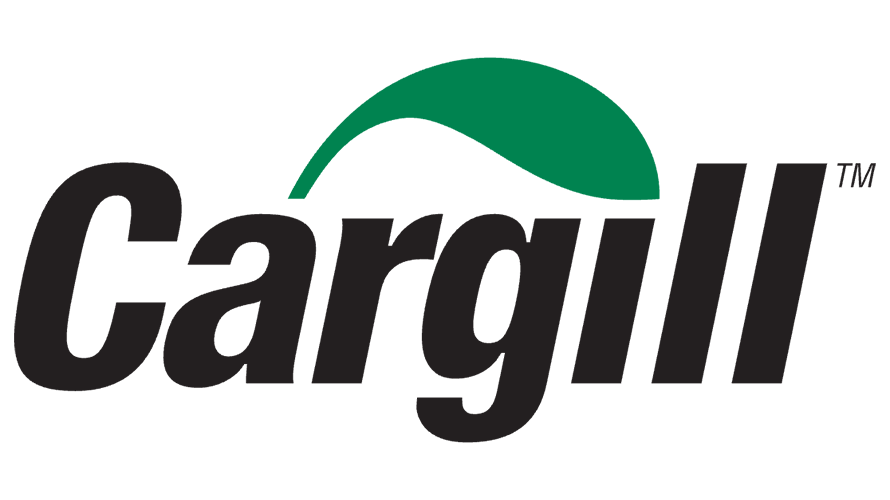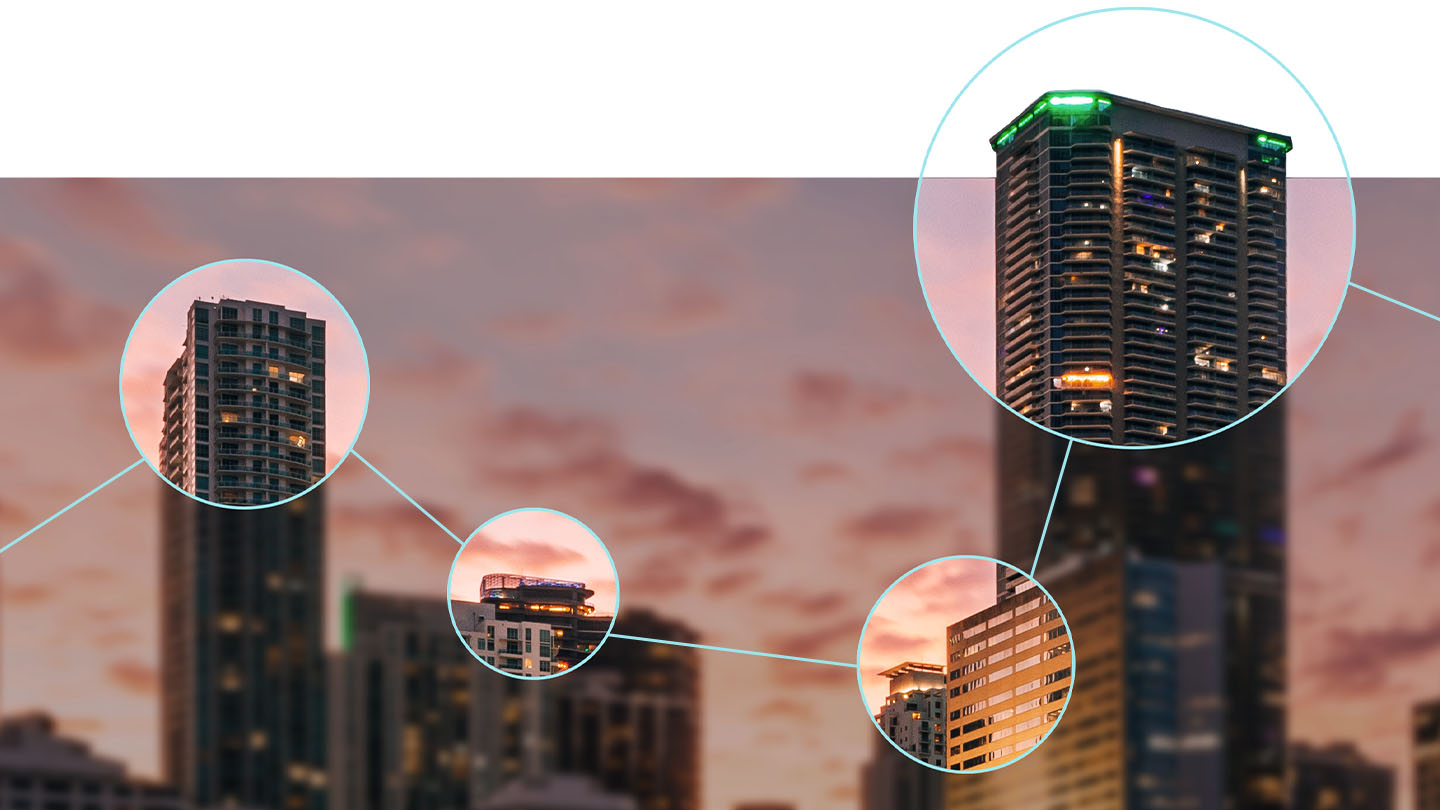Commercial Banking products
Chase Connect®
Connect to all your accounts through one unified, easy-to-navigate portal. Get your loans, cards and merchant services accounts in one place with Chase Connect®.
Our commercial card program can help your employees spend less time authorizing, tracking and processing expense data.
Digital Bill Payment is an innovative bill presentment and payments solution that grows with your business.
Anticipating risk is important, adapting to it is critical. We do both. We help protect clients at every stage of the payment lifecycle, using our global expertise to build solutions at the forefront of emerging technology and innovation.
Who we serve
From startups to legacy brands, you're making your mark. We're here to help.

Innovation economy
At J.P. Morgan, we have expertise and financial solutions to support companies throughout their entire lifecycle—pre-seed, early stage, Series B+, pre-IPO and beyond.

Midsize businesses
Seize growth opportunities with our custom banking solutions and global resources designed for middle market businesses and specialized industries.

Large corporations
From complex operations to global competition, we’re here to help. Leverage the power of JPMorgan Chase to solve your business challenges.

Commercial real estate
Get the strategic support to be successful throughout market and real estate cycles with insights, hands-on service, comprehensive financial solutions and unrivaled certainty of execution.

Industries
Our commercial and investment banking specialists draw on their expertise across industries to help manage your finances and grow your business.
100+
Countries where Commercial Banking operates
~55K
Number of Commercial Banking clients
Latest client stories

Corporate Responsibility
For these business leaders, impact and legacy go hand in hand
Feb 20, 2024
With a mission to uplift others and leave a positive mark on the world, BCforward’s Justin and Darrianne Christian are building an IT powerhouse and inspiring students at their alma mater.
Watch video

Cargill and J.P. Morgan Payments transform agricultural payments in Brazil
Dec 15, 2025
Learn how the global agricultural leader is supporting financial stability for farmers with real-time payments.
Read more
Banking
Powering Romania’s nuclear energy ambitions
Nov 24, 2025
J.P. Morgan recently led the banking syndicate that funded agreements for two strategic energy deals in Romania.
Read moreLatest insights

Markets and Economy
Leaders focus on strategy plans as economic uncertainty rises
Jun 25, 2025
Our midyear survey reveals a noteworthy decline in economic optimism among middle market leaders, yet confidence in business performance remains strong.
Read more
Securities Services
Tri-party Circular
Dec 29, 2025
Learn about market and regulatory changes, and what we’re doing to support and process collateral for clients globally.
Read more
Wealth Planning
When does it make sense for a trust to own your life insurance policy?
Dec 24, 2025
Holding insurance in an Irrevocable Life Insurance Trust could reduce estate taxes for your family. Learn if it is the right move for you.
Read more
Take a closer look

Take a closer look
Our impact
Discover how we help strengthen communities.
Our newsletters
Access economic and industry insights.
Our podcasts
Hear discussions on research, treasury and more.
Transacting with us
Use these methods to initiate financial transactions when your primary methods are unavailable.
News and announcements
Keep up with what's happening at JPMorgan Chase.
Contact us
Our team can answer questions and provide more information.
